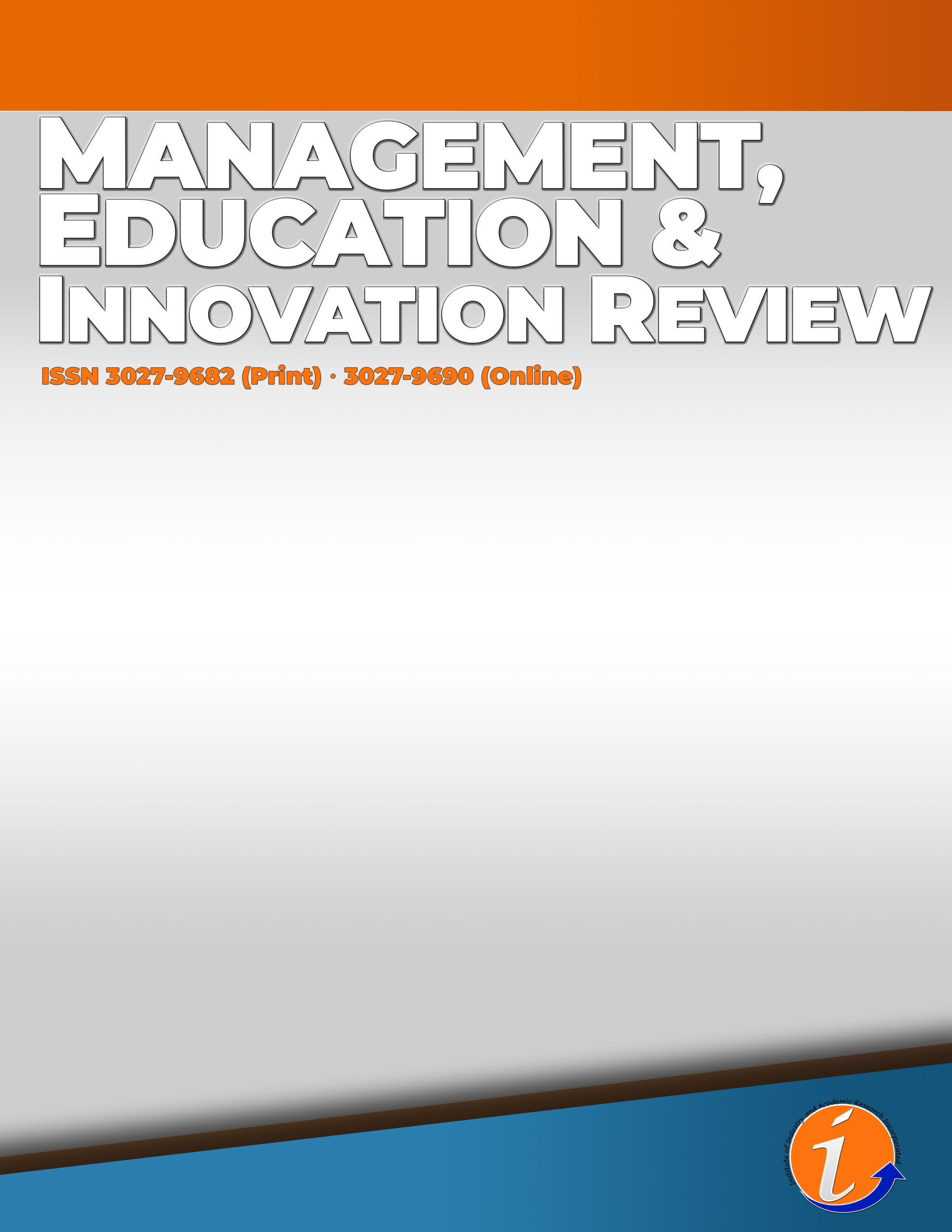This study was an attempt to find the effects of contextualized lesson content and instructional materials on visual and kinesthetic learners. Using an experimental research design participated by visual and kinesthetic learners, both taken as one group and separately, it revealed that respondents use contextualized lesson content and contextualized instructional materials positively. However, inferential statistics showed no significant relationship exists between the perceived use of contextualized instruction and the student’s level of critical thinking skills. In addition, when taken as one group, contextualized instruction was able to develop all the critical thinking skills of the respondents, in favor of the posttest results. Comparison of the visual and kinesthetic groups also showed that contextualized instruction developed better in kinesthetic learners than in visual learners specifically in analyzing and problem-solving skills. Thus, the use of contextualized instruction is recommended in developing critical thinking skills among learners, most especially in developing analyzing and problem-solving skills in kinesthetic learners.
Contextualization, visual, kinesthetic, lesson content, instructional material
License:
![]()
This work is licensed under a Creative Commons Attribution (CC BY 4.0) International License.







